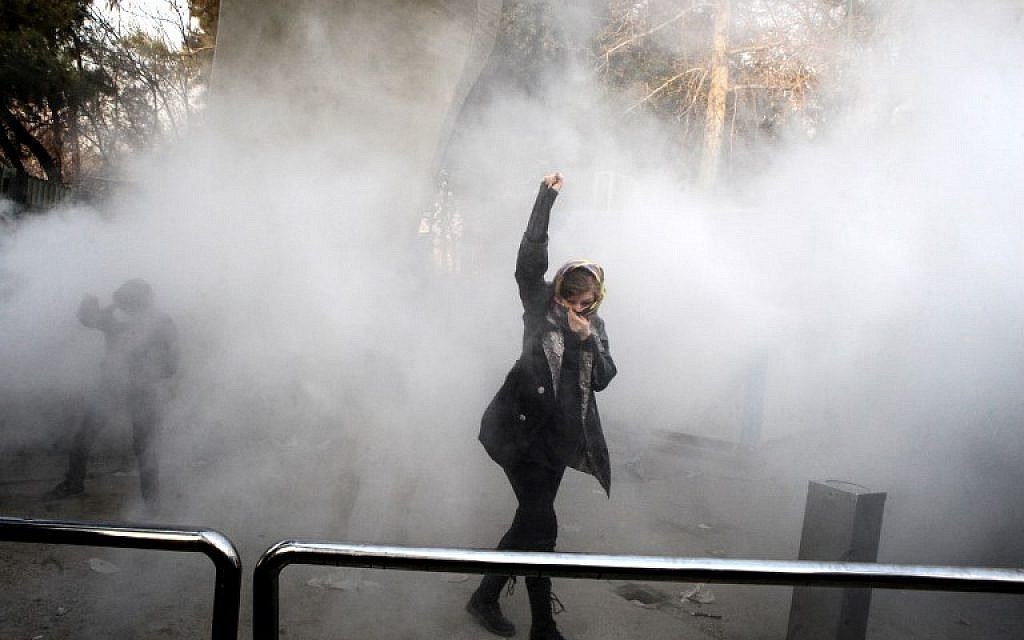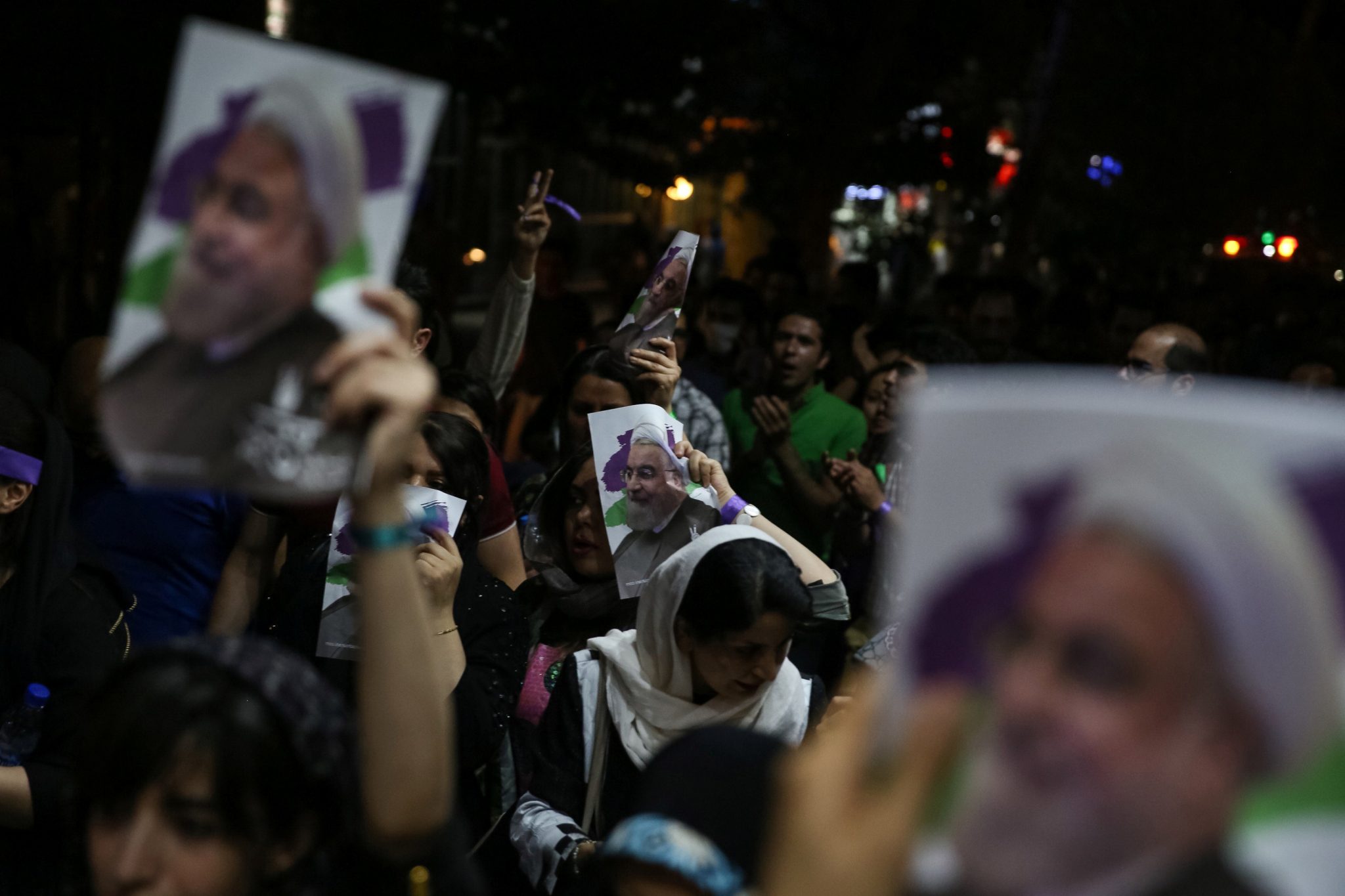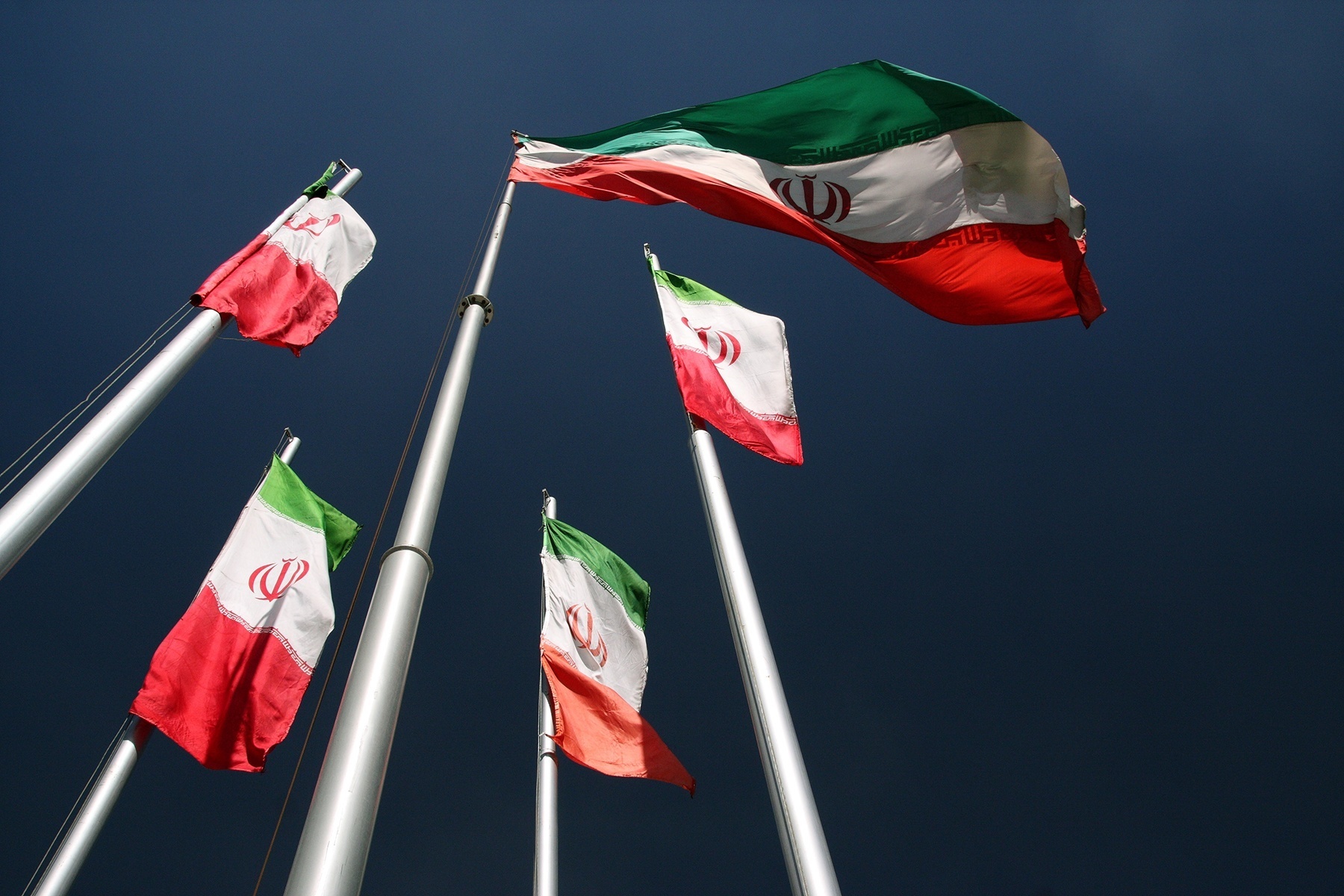
[authorbox authorid=”48″ title=”The Author”]
It is not difficult to understand the state of gloom and uncertainty that’s descended over Hezbollah and its allies over the ongoing protests in Iran against the party’s sponsors in the Iranian regime. The Lebanese party has been reluctant to comment on the matter, with its media platforms attempting to downplay and marginalize the protests, simply regurgitating the Iranian regime’s official statements.
Sources familiar with the group’s affairs and Iran’s interests in Lebanon confirm that whatever the ultimate outcome of the crisis in Iran, Hezbollah is well aware that it will inevitably be impacted, compelling the ‘Party of God’ to reconsider its positions both at home and beyond Lebanon’s borders.
Hezbollah in morass
Hezbollah’s reliance on Iran is no secret, with the Secretary-General Hassan Nasrallah flatly stating in a televised address that the group is fully financed and supplied by Iran in terms of the party’s and its affiliates’ wages and weapons arsenals. Nasrallah made the same point in another speech, when he said that the group is wholly loyal to the so-called Islamic Republic of Iran and acts on the directives of its Supreme Leader Ayatollah Ali Khamenei.
Nasrallah’s statements and weekly speeches have come to define Hezbollah’s and thus the Iranian regime’s regional objectives. In this footage, he said that the foremost objective of the Lebanese ‘resistance’ party is to establish a regional Islamic state that will be an extension of the Islamic Republic of Iran.
Observers of Hezbollah’s operations in Lebanon have noted that since the early 1980s the party has painstakingly created an environment governed by a framework of ideological and jurisprudence indoctrination supported by massive logistical and financial backing from Iran. In many ways, Hezbollah resembles a cult, with members wholly dependent on it in every aspect of their lives and with no other means to earn a living but those provided by Hezbollah, a very deliberate policy. The party, which pays massive bonuses for those who can recruit large numbers of new members, effectively operates a parallel economy alongside and with massive political influence over that of the official Lebanese state, employing many thousands of Lebanese Shiites whose lives and destinies hinge on its policies and decisions.
Analysts of Lebanese affairs have also noted a decline in recent years in the funds sent by Iran to its loyal proxies in Lebanon, with Hezbollah forced to dismantle some affiliated groups and slash funds to others to cope with the resulting financial shortfall. Another result of the drastic cuts in income has been a series of layoffs, office closures and downsizing operations in Hezbollah’s Tehran-funded media outlets in Lebanon and abroad, revealing that a chronic funding crisis was hitting the party even before the outbreak of the recent protests in Iran.
Hezbollah has remained the Iranian regime’s most powerful external proxy, with its missions in recent years going far beyond the Lebanese borders; the foremost of these regional ventures has been its ongoing massive and bloody support of the Assad regime in Syria.
Other reports in recent years have detailed the party’s intensive involvement elsewhere in the region, with the recent arrest of the Hezbollah-linked al-Abdali terror cell in Kuwait and the massive support and military training provided by the party to Houthis in Yemen showing its presence in the Gulf region. Given all these factors and the group’s reliance on the continuing absolute power of Iran’s theocratic regime and the Islamic Revolutionary Guards Corps (IRGC), it’s clear that any change brought about by the protests roiling Iran will directly and critically affect Hezbollah’s own power and influence in Lebanon and regionally.
Although Hezbollah has multiple funding networks worldwide that have been unveiled in investigations by various countries’ intelligence agencies over the last two decades, and despite its involvement in illegal activities, including links to drug-trafficking and money-laundering operations, particularly in Africa and Latin America, as reported by Politico, the group cannot pursue its activities without the financial support of the Iranian regime. Indeed, with the recent introduction of US sanctions and the party’s financial networks worldwide being closely monitored and scrutinized, Hezbollah is more dependent than ever on its remittances from Tehran.
Analysts have also noted the increasing public unhappiness among Iranians at their regime’s massive expenditure on Hezbollah, expressed in both the 2009 Green Revolution and in the more recent protests. In 2009, hundreds of thousands of Iranians, mostly in Tehran and larger cities, took to the streets for massive demonstrations against the regime’s alleged rigging of the election in favor of the hard-line candidate Mahmoud Ahmadinejad, with many of the protesters chanting, “Iran First” to denounce the government’s squandering of money on Hezbollah in Lebanon and Hamas in Gaza while Iranians go hungry; the same chants and similar ones have been heard in the recent protests, which have broken out across the country, crucially beginning and continuing in the more conservative religious centers which have traditionally been the strongest seats of support for the regime.
This is hardly a surprise; the regime frequently boasts about its generosity to Hezbollah and Hamas, with Iranians viewing the leaders’ expenditure of countless billions on funding these groups and financing its regional wars as being at the root of the spiraling economic crisis in their own country. With widespread poverty and malnutrition affecting more and more Iranians, there is little tolerance left for the regime’s constant lavish spending on all these external parties and conflicts.
Despite the protests, however, there has seen no indication of any serious debate in the regime leadership on reducing this foreign spending, although some reformist figures have raised the subject, albeit in a far more timid manner than the demonstrators on the streets.
Twisted priorities
Observers have noted the presence of some voices within the regime itself expressing dissatisfaction with the leadership’s policies, particularly in regard to funding Hezbollah and providing apparently endless massive financial, military and political support for Bashar al-Assad’s regime for little or no gain, as well as questioning the cost-benefit ratio of Iran’s involvement in Yemen.
Most analysts remain cautious over leaping to any conclusions about the results of the ongoing protests across Iran, knowing the regime’s long bloody history of brutally crushing dissent since its inception in 1979, with many flatly ruling out any possibility of the regime completely collapsing. Those with insider knowledge of the power network at the top of the regime, however, suspect that the protests will force major and drastic changes in the leaders’ priorities in order to avert further instability, with domestic concerns becoming a far higher priority than they have been in recent years. Such a change would lead to major reductions in the funds channeled to the regime’s regional proxies and militias.
European analysts studying the regime’s regional alliances and militias have suggested that Hezbollah would be the hardest hit of all the regime’s proxies in such a scenario.
While Hezbollah, as Iran’s regional flagship so to speak, is very much an Iranian implant in Lebanon, the Tehran-affiliated Iraqi Shiite militias developed domestically via Iraqi political parties like the Da’wa Party, the Supreme Islamic Council and other Shiite Iraqi factions, bound together by their opposition to the rule of the late Iraqi dictator Saddam Hussein.
In practice this emphasis on domestic politics means that Iraq’s militias are focused primarily on events within Iraq itself, which would be an asset in any mission to curb their external activities on behalf of Tehran, in Syria or elsewhere, and which also suggests that their loyalties to Iran’s regime are secondary and could be superseded by affiliation with senior Iraqi Shiite clerics like Ali Al-Sistani. The militias fighting in Syria, also closely connected to their Iraqi counterparts, are also less dependent on Tehran than Hezbollah in terms of funds, despite retaining a sectarian loyalty to the Mullahs in Tehran.
In Yemen, meanwhile, observers suggest that any financial impact on the Houthis from policy changes by the Iranian regime would be minimal; Houthis flourished in Yemen prior to the Iranian regime’s regional expansionism of recent years, with the movement strengthened by domestic factors such as the Machiavellian policies of the late ousted dictator, President Saleh, before Iran’s regime attempted to leverage this.
In addition, the Houthis have significantly boosted their domestic financial resources in recent years through their expansion from Sada in the north of the country to Aden in the south which gave them control of Sanaa and annexed a number of ports, giving them effective control over the country’s economy and trade for some time before the Arab coalition led by Saudi Arabia countered their presence and reclaimed the upper hand on the ground.
The Iranian uprising will not only have financial consequences of varying severity for the militias outside the country, however, but will also shake the regime’s ideological support base; while the Islamic Republic has promoted itself since the start as the guarantor of justice for Shiites worldwide representing the venerated ‘Missing Imam’, the region and the world can now see thousands of Iranians, mostly Shiite, taking to the streets to protest against the massive corruption and gross injustices inflicted on them by the supposedly semi-divine leadership, shaking the regime’s carefully constructed image to its foundations.
Analysts agree that Iran’s theocratic regime, long used to unquestioning loyalty to its brutal totalitarian rule, is bewildered and unable to specifically determine the nature of the protests and how to resolve them; whilst Rouhani has taken the traditional line of downplaying the protests and other senior regime figures have resorted to equally predictable suggestions that the demonstrations are a foreign conspiracy against the regime, there is no doubt that they’ve shaken the regime’s allies, proxies and affiliated militias across the region, particularly in Syria, Iraq and Lebanon.
All this explains the nervous near-silence over the protests from Iran’s regional affiliates, who’ve said little or nothing about the demonstrations except to dismiss the protesters as saboteurs. Despite Nasrallah’s customary bombastic language, the ayatollahs’ proxies are genuinely worried for their own future and unable to withstand the shock of any major changes.



